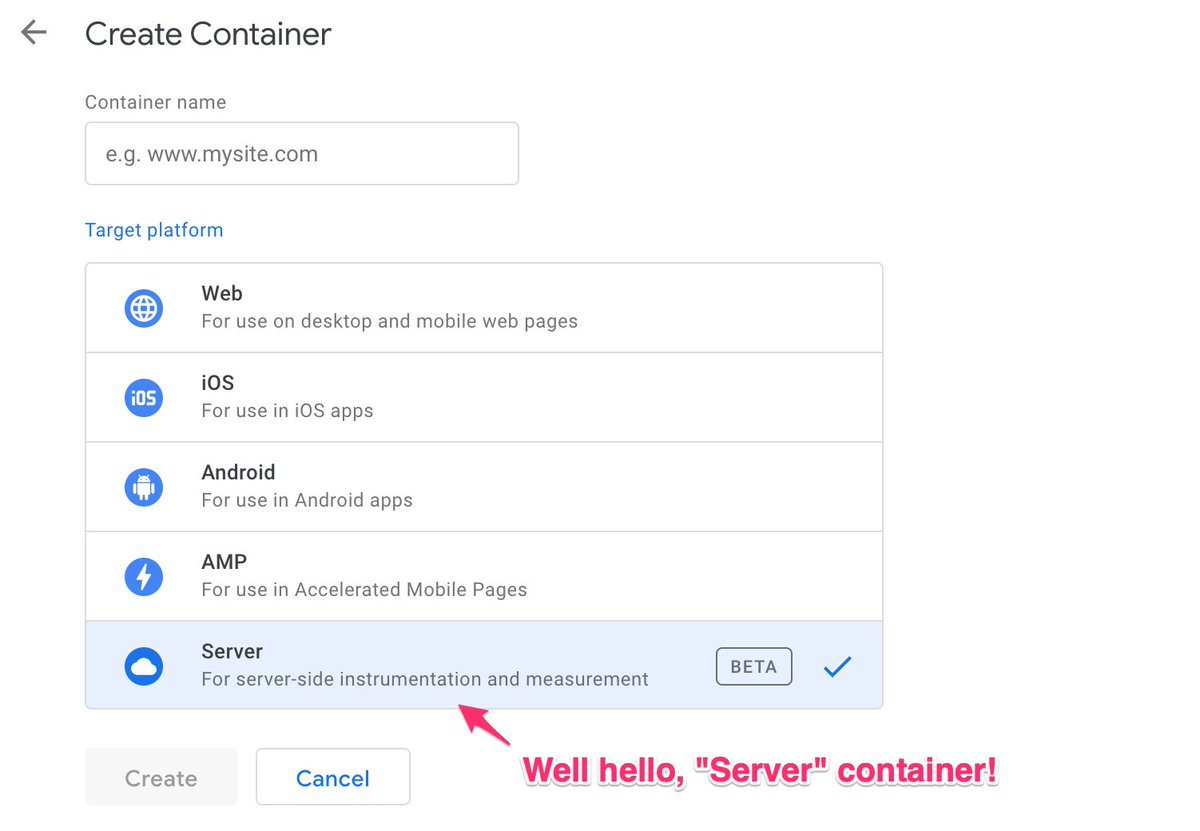
How to get URL link on X (Twitter) App


https://twitter.com/SimoAhava/status/1576103675503648768
 26/ In May 2017, we got the Google Analytics Settings variable.
26/ In May 2017, we got the Google Analytics Settings variable.

 2/ The original idea was to make it easier (and less error-prone) to deploy marketing scripts on a website. GTM did this by introducing "tags", "rules" (AKA triggers), and "macros" (AKA variables).
2/ The original idea was to make it easier (and less error-prone) to deploy marketing scripts on a website. GTM did this by introducing "tags", "rules" (AKA triggers), and "macros" (AKA variables).



 Server-side tagging is (for now) a @GCPcloud managed environment, which serves as a server-side proxy for all your analytics, marketing, and advertising needs.
Server-side tagging is (for now) a @GCPcloud managed environment, which serves as a server-side proxy for all your analytics, marketing, and advertising needs.